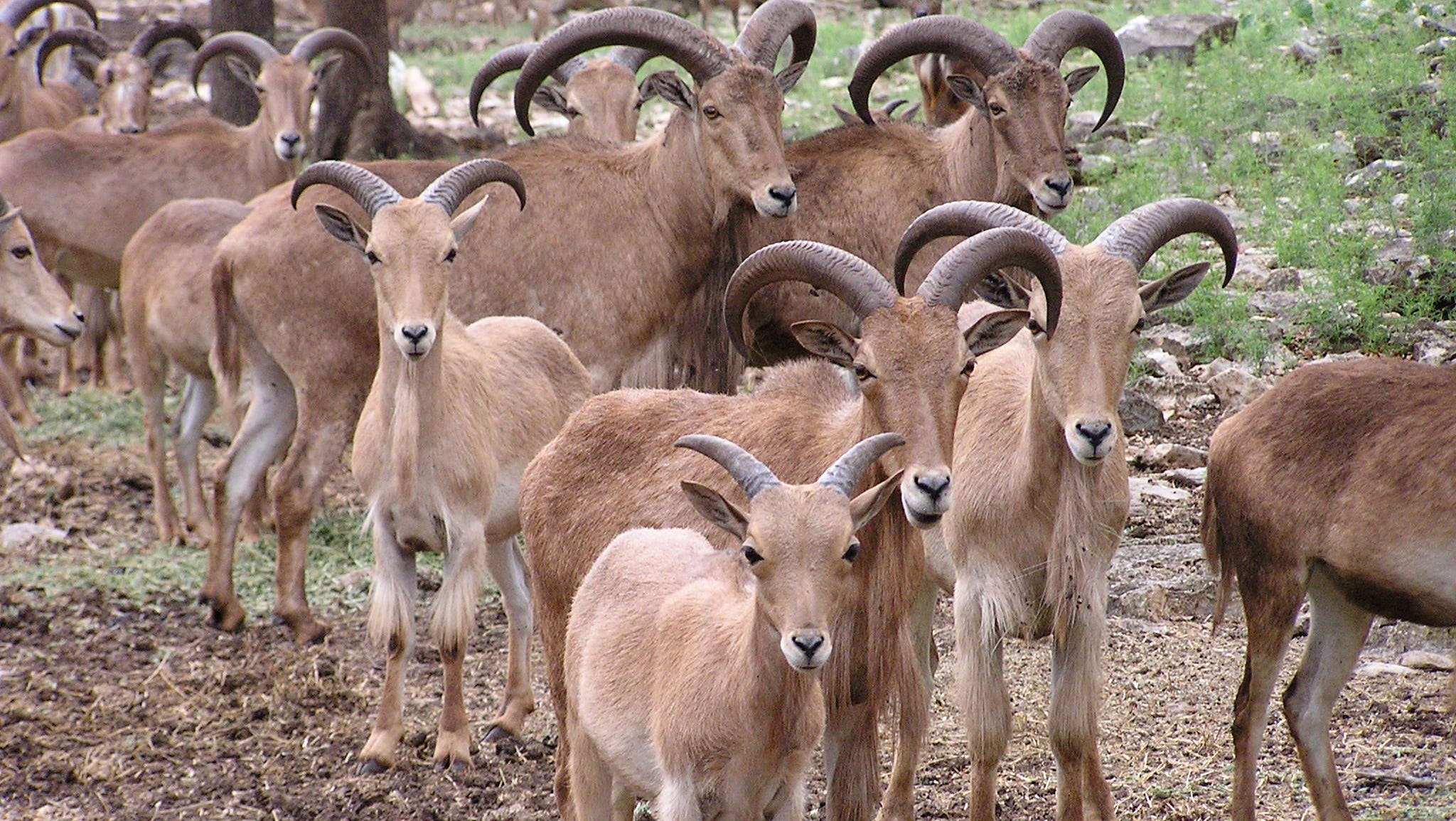Parts Of Big Bend National Park To Close For Removal Of Non-Native Sheep

Texas’ war on wildlife and biodiversity continues. CLICK HERE for the “Rest of the Story” on this insanity.
NOTE: this article was originally published to National Parks Traveler’s Apple News Channel. It was written by By NPT Staff.
A few areas of Big Bend National Park in Texas will be closed beginning October 3 to allow for removal of non-native aoudad sheep.
The Deadhorse Mountains and surrounding areas, including the Dagger Flat Road and Old Ore Road, will be closed starting October 3. During the first two weeks of October, the National Park Service will continue with measures to protect native desert bighorn sheep, including removal of non-native aoudad (Barbary sheep).
The Park Service will work with Texas Parks and Wildlife to remove the aoudad using helicopters and staff trained in aerial shooting operations. Closure areas will reopen once the surveys are completed. Visitors are advised to follow posted closure signs for trailheads and roads.
The Mesa de Anguila will also be surveyed for bighorn sheep and aoudads on October 9. There will not be lethal control of aoudad on the Mesa de Anguila and all areas of the national park will remain open on this survey date.
Barbary sheep are native to the dry mountains of Northern Africa, but now thrive within the rugged landscape of West Texas. Over the last 30 years, Barbary sheep have established a foothold within the park and their population has increased significantly in recent years, with hundreds now roaming the area. Barbary sheep occupy the same habitats as the park’s small population of native desert bighorn sheep and negatively impact the natural ecology of the park. Large groups of aoudad can prevent desert bighorn from accessing water, threaten biodiversity, and impair park visitors’ ability to experience natural conditions and scenery.
The non-native sheep have been in the park for about 30 years. It’s thought they were initially imported into the country by zoos and private parties, who later set them free.
This effort is part of Big Bend’s long-term, integrated approach to control exotic animals and protect park resources. Management of aoudad is in keeping with the Big Bend Exotic Animal Management Plan and Environmental Assessment, finalized in June 2018.
—
For more posts like this, in your inbox weekly – sign up for the Restoring Diversity Newsletter
